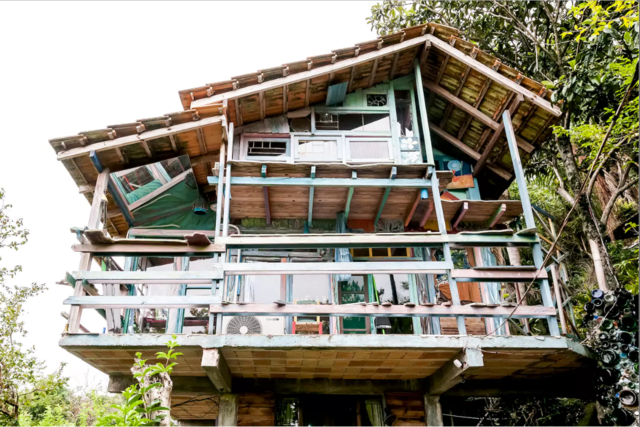The built environment is one of the greatest contributors to the Gross Domestic Product (GDP)of the country. According to the Construction Industry in Kenya Report 2020, the Kenyan construction industry contributed 5.6% to GDP in 2019 and provided employment to almost 222,000 people. The job and market creations, the make-over of the once idle spaces, the new buildings all come with a cost. For instance, about 10 to 15% of the building materials are wasted during construction. Another 54% of demolition materials are dumped in landfills.
Uncontrolled disposal of this waste has significant health, environmental and economic impacts. The effects range from leachate and gas emissions that lead to respiratory tract infections, landscape changes, loss of habitats and displacement of fauna, nuisances such as flies, odors, smoke, and noise among very many others.
There is actually treasure within all the waste. The resultant waste can be reclaimed, repurposed, and used in community projects that involve the construction or renovation of school and healthcare infrastructure in poor communities. These help to save the citizens from the direct and indirect harmful effects of uncontrolled waste disposal. The projects help to create examples that build evidence to support the widespread adoption of circular construction practices in the country.

